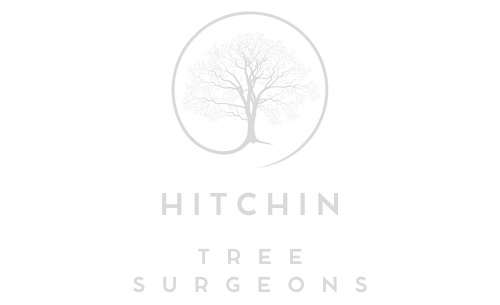Tree Crown Reduction: Incorporating Pruning Into Pest Management Strategies
Introduction: We understand the importance of integrating tree crown reduction into effective pest management strategies at Hitchin Tree Surgeons. Pruning enhances trees’ aesthetic appeal and structural integrity and plays a crucial role in preventing and managing pest infestations. This blog post explores how proper pruning practices can support pest control efforts while promoting tree health and vitality.
The Role of Pruning in Pest Management
Tree pests, such as aphids, caterpillars, and beetles, can threaten tree health by feeding on leaves, bark, and wood. If left untreated, infestations may weaken trees, inhibit growth, and even lead to mortality. Incorporating pruning into pest management strategies helps mitigate these risks and maintain trees’ overall health.
Benefits of Tree Crown Reduction in Pest Control
1. Removing Infested Branches
Pruning allows arborists to identify and remove branches infested with pests or showing signs of disease. Prompt removal of affected branches prevents pests from spreading further within the tree and reduces the likelihood of secondary infections.
2. Enhancing Air Circulation
Thinning the tree canopy through crown reduction improves air circulation and sunlight penetration. These conditions create an environment less favourable for pests, as increased airflow reduces humidity levels and discourages fungal growth that may attract pests.
3. Promoting Tree Vigour
Reducing the crown size of trees promotes vigour by redirecting resources to healthy branches and new growth. Healthy trees are better equipped to resist pest infestations and recover from damage caused by pests or pruning activities.
4. Monitoring Tree Health
Regular pruning allows arborists to monitor trees’ health closely and detect early signs of pest infestations or diseases. Timely intervention through targeted pruning and other pest control measures can prevent serious damage and preserve tree vitality.
Best Practices for Pruning in Pest Management
1. Pruning Timing
Coordinate pruning activities with the tree’s growth cycle and pest life cycles. Early spring or late autumn pruning may be optimal for addressing dormant pests or minimising disturbance to beneficial insects.
2. Selective Pruning Techniques
Use selective pruning techniques, such as branch thinning and crown shaping, to maintain tree structure while removing pest-infested or deadwood branches. Avoid over-pruning, as excessive foliage removal can stress trees and compromise their ability to defend against pests.
3. Integrated Pest Management (IPM)
Integrate pruning with other IPM practices, such as biological controls, cultural practices, and chemical treatments where necessary. IPM approaches aim to minimise pesticide use and promote sustainable pest management strategies.
Consultation with Arboriculture Experts
Consult with qualified arborists and pest control professionals for effective pest management and tree care. They can provide tailored recommendations and implement proactive strategies to protect trees from pests while preserving their natural beauty and ecosystem benefits.
Conclusion: Incorporating pruning into pest management strategies is essential for maintaining healthy trees and mitigating the impact of pest infestations. Tree surgeons are committed to delivering expert tree care services that enhance tree health, promote sustainability, and protect urban green spaces.
Call us on: 01462 412 994
Click here to find out more about Hitchin Tree Surgeons
Click here to complete our contact form and see how we can help you with your tree’s needs.

